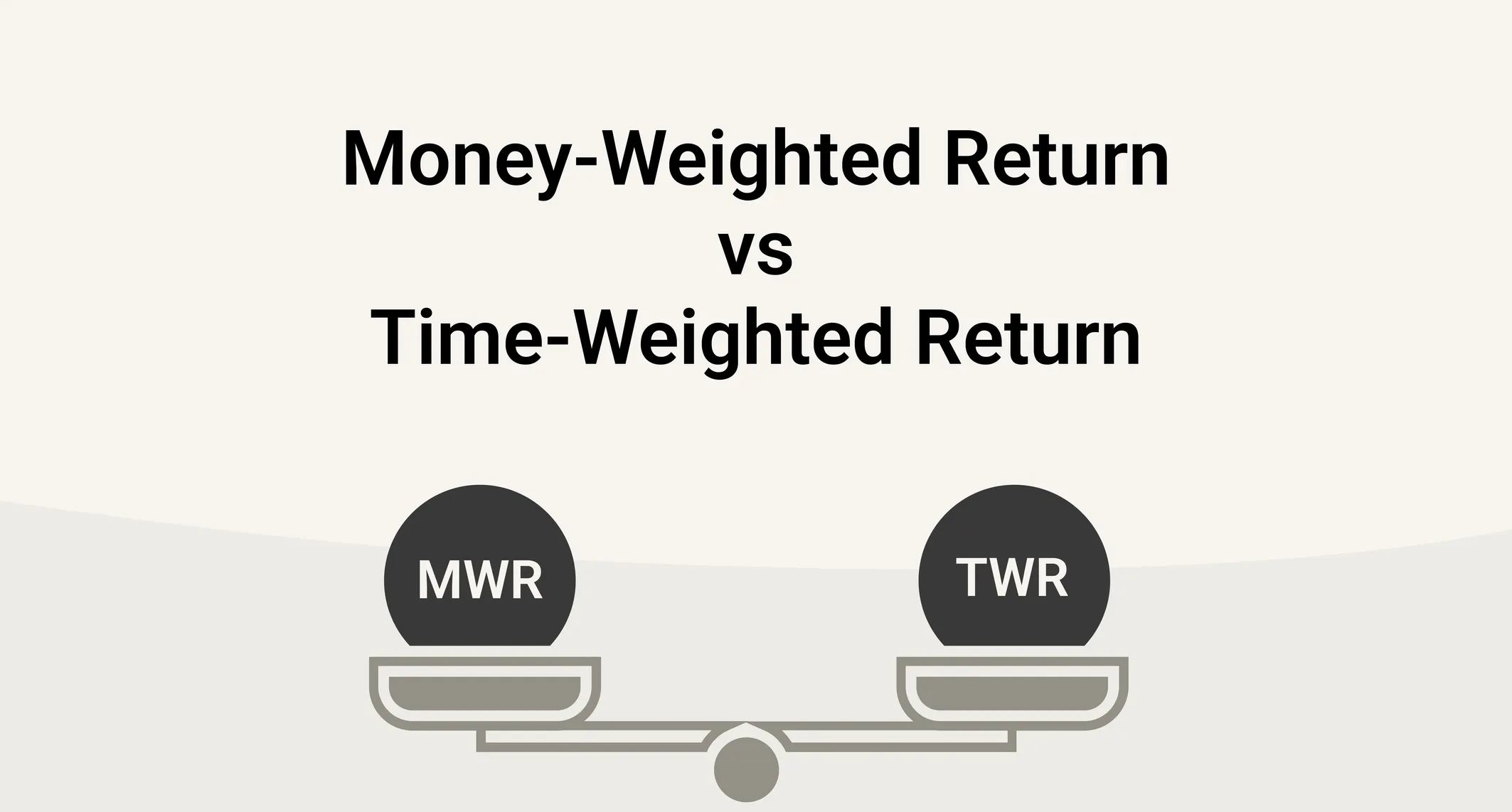
Are you dreaming of retiring early? Well, your dream can come true with Financial Independence, Retire Early (FIRE). FIRE is a movement that encourages people to save and invest aggressively while they are young for a secure financial future and a satisfying early retirement.
This guide will explain the basics of FIRE, how to build your FIRE fund, what investment strategies to use, pitfalls to avoid and how to enjoy life after retirement.
1. What is FIRE?
Financial Independence, Retire Early (FIRE) is a movement that encourages people to save and invest aggressively while they are still young in order to retire early and become financialy independant.
People who start a FIRE strategy early can retire as soon as age 35 or 40, depending on their savings and investment.
How to achieve FIRE?
The best way to achieve FIRE is by creating an emergency fund, paying off debt and investing a majority of income into a low-cost index fund, which can create a nest egg large enough to cover living expenses until the age of retirement or even longer.
It is estimated by the U.S. Securities and Exchange Commission that around 66% of Americans will not have saved enough to achieve their retirement goals. The FIRE movement encourages people to save money early and invest it wisely in order to achieve financial independence and retire early.
It advocates for a radical approach to personal finance: living well below one’s means, saving up enough money to cover living expenses such as food, shelter and medical care for at least a few years, all while investing aggressively to reach one’s goals of achieving financial independence. The movement is widespread, with thousands of individuals investing their money, time and energy to achieve the ideal goal.
2. Is FIRE Achievable?
Yes, the possibility of achieving financial independence and retiring early is absolutely achievable.
However, it does require time, discipline, and dedication. It is important for individuals to educate themselves and make sound financial decisions throughout the journey. Ultimately, the decision is up to the individual and how much they are willing to commit to the process.
It will also depend on the individual's current financial situation, including income, debts, investments, and savings. Lastly, factors such as the rate of return on investments, cost of living in one’s area, and lifestyle habits must be taken into account.
Join FIRE communities
Here are 10 FIRE Communities where you could discuss with other users and get tips and advice:
- FIRE on Facebook
- FIRE on Reddit
- fatFIRE on Reddit (FIRE, but with a fat stash)
- leanFIRE on Reddit (FIRE, but with a lean stash)
- ChooseFI
- Early Retirement Now
- MadFientist
- Mr Money Mustache
- The Financial Freedom Network
3. Benefits of Financial Independence
The main benefit of achieving FIRE is the financial security it provides. Individuals can rely on consistent, passive income and have enough money to live a comfortable and enjoyable lifestyle. The risk of running out of money during retirement is significantly minimized.
In addition to financial security, FIRE also provides lifestyle benefits. Individuals may have more time and flexibility to pursue activities they truly enjoy. There is also no longer the need to compromise sleep, health, or relationships with work in order to support oneself. With financial independence, individuals can focus on what matters most to them and have the time and financial resources to do so.
How much do I need to FIRE?
The amount of money needed to FIRE depends on your own personal expenses. It is recommended that you plan for an emergency fund that covered 3-6 months of living expenses and then start saving for retirement.
The optimal amount for retirement savings is controversial, but there are general guidelines in place to help you decide. The first thing to do would be to estimate your monthly expenses and then adjust it to correspond with your chosen lifestyle. In order to do that you need to take into account inflation, health care costs and other ongoing expenses.
You also need to ask yourself some of the following questions:
- Do you want to remain home or travel the world?
- Do you want to live in a foreign country with a lower cost of living?
- Do you have family members who need or will need financial assistance (for example your parents)?
- Do you need to leave something for your children?
4. What is the 4% Rule?
The 4% rule is a rule of thumb that is often used to calculate how much money one should aim to save prior to retirement. It is the percentage of withdrawal rate, meaning the percentage of one’s retirement nest egg that can be withdrawn annually without running out of money. It is based on 30 years of market data and suggests that if a retirement portfolio is well diversified, withdrawing no more than 4% of the portfolio per year will ensure that the money will last for at least 30 years in retirement.
Let's take a retiree who needs $100,000 per year in retirement income. Following the 4% rule, they would need to have a retirement portfolio of at least $2,500,000 to get $100,000 income per year ($2.5 million x 0.04). Of course, this doesn't take into account the costs of living inflation, and i would be wise to plan with more than 4%.
5. Building Your FIRE Fund
Building one's FIRE funds starts with creating an emergency fund. This fund should have enough money to cover at least 3-6 months of one’s living expenses. With the emergency fund in place, individuals should assess their current financial situation and set their financial goals. It is important to make sure that one’s goals does not include a lifestyle that constantly requires more money. Once the goals have been set, it is time to begin the savings and investing process.
Use Monthly Automatic Contributions
A great way to begin savings and investing is by automatically contributing a certain percentage of one’s income to a portfolio of low-cost index funds. This will ensure that one is constantly saving and growing their portfolio. For those that are looking to FIRE, it is important to remember that any extra money saved at a young age compounds faster and provides more of a benefit in the long run.
However, this number is not set in stone as an individual’s life expectancy, inflation rate, investment returns and taxes can affect the calculations. It only gives a rough estimate of how much money one should aim to save in order to retire comfortably.
FIRE Investment Strategies
Investment strategies will depend on the individual's risk tolerance and financial goals. It is important to remember that investment strategies are closely tied to one's long-term financial plan. With that in mind, it is important to invest in a way that is consistent with one's plan and goals.
Invest in ETFs to reduce risk
One popular investment strategy for those seeking FIRE is to invest in low-cost index funds. Index funds are funds which track an index, such as the S&P 500, and help spread out the risk associated with investing in the market. Moreover, index funds have lower management fees and can produce higher returns when compared to other actively managed funds.
It is also important to remember to diversify one’s portfolio. Holding too much stock in one company or sector can be very risky, as there can be large drops in value if that company or sector experiences a downturn. Diversifying across market sectors, such as investing in stocks, bonds, and real estate, can help protect one’s portfolio.
Achieving Retirement on Time
FIRE does not just mean retirement, it means retiring earlier than the traditional goal. Therefore, it is important to save and invest more than what would have otherwise been required for traditional retirement. This means that individuals that are starting FI from a young age will have to save and invest aggressively in order to reach their goals on time.
Consider inflation on your road to FIRE
It is also important to consider the impact of inflation on retirement savings. The average inflation rate in the United States is about 2.4%, meaning that prices tend to double about every 30 years. Therefore, it is important to account for inflation when saving and investing for retirement. An inflation-adjusted budget can be used to estimate how much money will be needed to cover expenses over the course of retirement.
Lastly, it is important to take advantage of tax-advantaged accounts, like 401K plans and IRAs. These accounts will allow one to save more while taking advantage of tax breaks, which can lead to significant savings over the course of retirement.
Have a plan to FIRE
Having a plan is essential for achieving FIRE. Without one, it is difficult to know whether or not you are on track or if you are taking full advantage of all of the possible financial opportunities available to you. The plan should include financial goals, concrete steps to reach those goals, an estimate of the time it will take to achieve those goals, and where to allocate resources for investing.
Do not forget taxes
The plan should also consider factors such as taxes, debt, investments, and retirement accounts so that one is able to make decisions easier and track progress. Additionally, it should be revised and updated regularly to reflect changes in the market, taxes, and personal financial situation. This will make it easier to stay on track and make adjustments when needed.
In order to achieve FIRE, you will need to aggressively reduce expenses, while at the same time trying to increase your income.
How to reduce your expenses?
The first step in reducing expenses is to track and become aware of all of your spending. Once you have a clear understanding of your spending habits, you can look for ways to reduce it. This may include things such as cutting back on shopping or eating out, cutting out excess subscriptions and memberships, and avoiding impulse purchases.
One of the most important expenses when it comes to achieving FIRE is housing. Living in a less expensive area, reducing the size of one’s current home, or even taking on a roommate can all help to reduce housing expenses.
There are also things you your do to drastically reduce your living expenses such as eliminating car payments, working remotely or cutting out your cable bill.
Here are some ideas to reduce your expenses:
- Track your spending
- Cut back on shopping and eating out
- Avoid impulse purchases
- Downsize your house or apartment
- Cut out subscriptions and memberships
- Wait for sales to make purchases
- Get rid of your car
How to increase your income
It is possible to increase your income in order to reach your goals faster. This can be done by creating multiple streams of income, getting a raise at your current job, or taking on a second job.
Here are some ideas on how to increase your income:
- Negotiate a raise at work
- Take on side gigs
- Start a small business
- Become a freelancer
- Rent out a room in your house
- Invest in real estate
- Increase your skill set and certifications
- Start an Only Fans ;)
After Retirement: How To Enjoy Life after FIRE
Retiring early doesn’t mean you have to stop pursuing what you enjoy. The freedom of being financially independent means that you have the financial means to pursue your passions and live a rich life. Take the time to think about all of the activities you would like to tackle after you retire and make a plan to achieve those goals. It could be learning a new language, traveling around the world, or picking up a new hobby. The possibilities are endless!
Moreover, planning for your post-FIRE life early on can help to make sure that your retirement funds are well-managed. Monitoring debt, taxes and investments will help to mitigate potential risk and ensure that you are on the path to a comfortable retirement. This requires some financial literacy in order to understand your investment fees and payments. It is also important to remember that debt needs to be managed even after retirement and plan accordingly.
Pitfalls to Avoid to reach FIRE
When it comes to pursuing FIRE, it is important to remember that there are risks involved. Generally speaking, the major risks associated with early retirement are market volatility, inflation, taxes, and unforeseen expenses. It is important to thoroughly research the stock market and make sure that you are comfortable taking the investment risks needed to meet your goal.
It is also important to remember that the success of achieving FIRE also depends on individual’s commitment to maintaining a strict budget and sticking to the plan. It is also important to remember that the journey to achieving FIRE will not always be easy and there will be times when additional income or extra expenses are needed to help reach the goal. It is important to consider what one is willing to sacrifice in order to reach the goals and plan accordingly.
Additionally, it is important to stay up-to-date on changes in tax law, as this could significantly impact the amount of money one is able to save and invest in order to reach their goals.
What to do when the stock market crashes?
When the stock market crashes, it is important to remember that it is usually a temporary situation, especially when the market is well-diversified. Therefore, it is important to not panic and to not make decisions when feeling immediate emotion. Instead, it is important to stay the course with their long-term investment strategy, as this is what will lead to long-term success.
However, you may have to adjust your budget to ensure you don't take out too much money out of your account if the market crashes for a period of longer than a few months or years.
Beanvest will help you keep track of your investments portfolios and have a better understanding of your performance.
Start with our 100% free portfolio tracker today:


